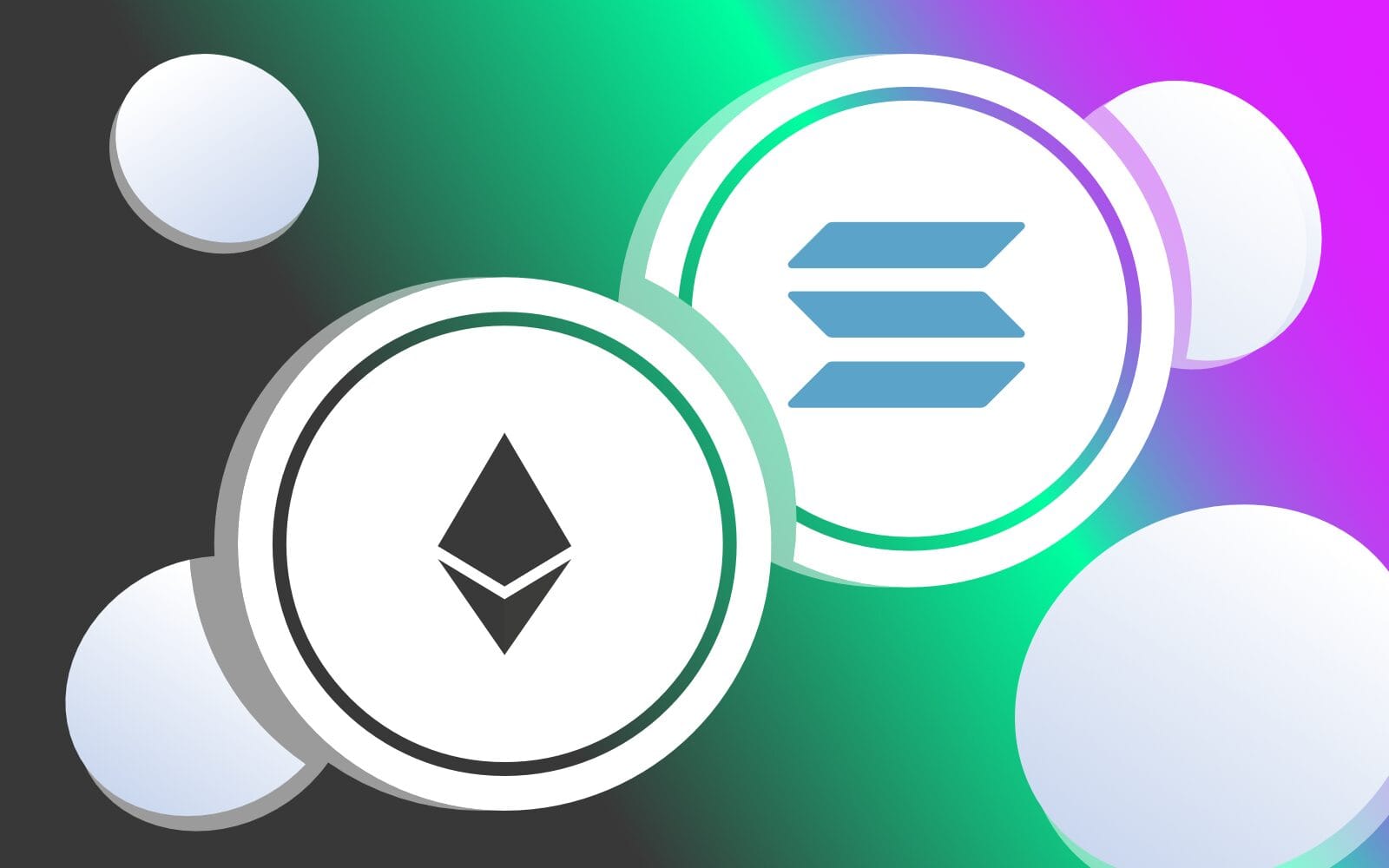Ethereum vs Solana: Which Blockchain Should You Choose in 2025

In the fast-paced world of blockchains, Ethereum and Solana have emerged as two leading platforms, each offering distinct advantages for developers and users. Both support smart contracts, enabling decentralized applications (dApps), but they take different approaches to performance, security, and scalability.
Ethereum, launched in 2015, is often credited with pioneering the smart contract revolution. Its ecosystem is vast, hosting thousands of dApps, decentralized finance (DeFi) projects, and non-fungible tokens (NFTs), with a total value locked exceeding $44.5 billion. The platform’s security is bolstered by a massive network of nodes and validators, and it boasts the largest developer community in the blockchain space. However, Ethereum struggles with scalability, managing only about 15 transactions per second (TPS), which often results in high fees and delays during busy periods, resulting in a poor user experience.
Solana, introduced in 2020, entered the scene with a mission to solve Ethereum’s scalability woes. It can process thousands of TPS, potentially up to 65,000, making it one of the fastest blockchains available today. Transaction costs on Solana are incredibly low, typically just fractions of a cent, appealing to applications requiring high throughput. Despite these strengths, Solana has faced setbacks, including several network outages, which have sparked concerns about its reliability and degree of decentralization due to its smaller validator count.
Comparing Ethereum and Solana
The fundamental difference between Ethereum and Solana lies in their design priorities. Ethereum emphasizes security and decentralization, while Solana focuses on speed and efficiency. This is evident in their consensus mechanisms, with Ethereum which shifted from Proof-of-Work (PoW) to Proof-of-Stake (PoS), and Solana employing a hybrid of Proof-of-History (PoH) and Proof-of-Stake to achieve its rapid performance.
For developers, choosing between the two depends on project goals. Ethereum suits applications needing robust security and a broad audience, such as major DeFi platforms, thanks to its mature ecosystem. Solana, however, excels in scenarios demanding fast transactions and minimal fees, like gaming or decentralized exchanges, though its history of outages warrants caution. It should be noted that Solana has grown immensely in the past year, and is now rivaling Ethereum in adoption.
Differences Between Ethereum and Solana
| Aspect | Ethereum | Solana |
|---|---|---|
| Launch Year | 2015 | 2020 |
| Consensus | Proof of Stake (PoS) | PoH + PoS |
| Transaction Speed | ~15 TPS | Thousands of TPS |
| Fees | High (variable) | Very low (fractions of a cent) |
| Ecosystem Size | Largest (TVL > $44.5B) | Growing (TVL ~ $4B) |
| Focus | Security, decentralization | Speed, scalability |
| Validator Count | Tens of thousands (post-PoS) | ~1,500 |
| Stability | Highly stable | History of outages |
Both platforms are evolving to address their shortcomings. Ethereum’s upcoming upgrades, including sharding and layer-2 solutions, aim to boost its scalability, while Solana works to improve network stability. The decision between Ethereum and Solana ultimately hinges on the specific needs and priorities of each project, with both poised to shape the future of blockchain technology.

